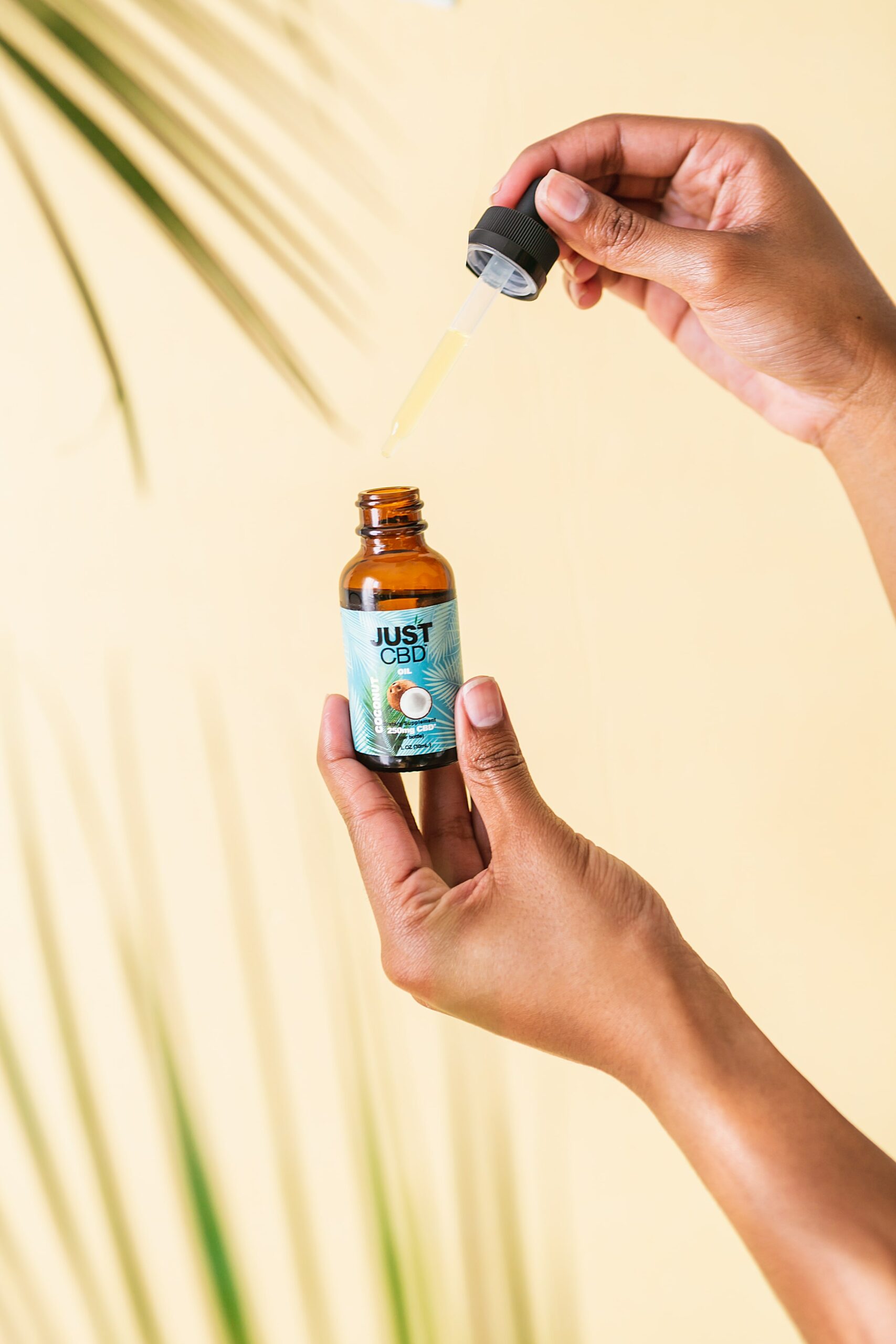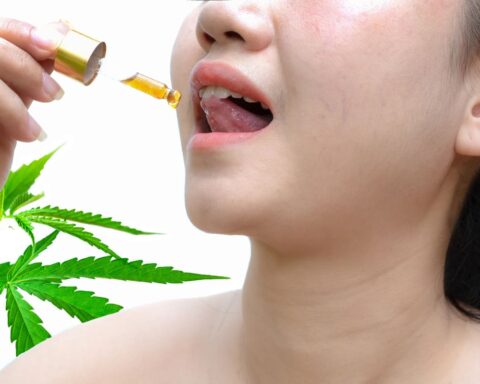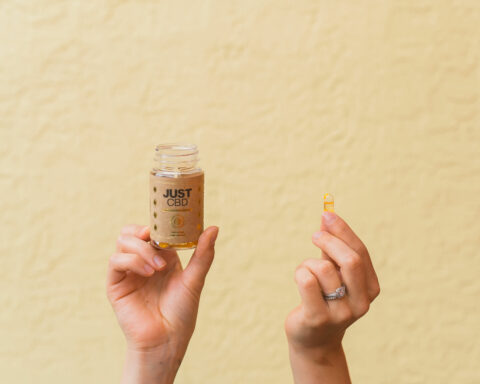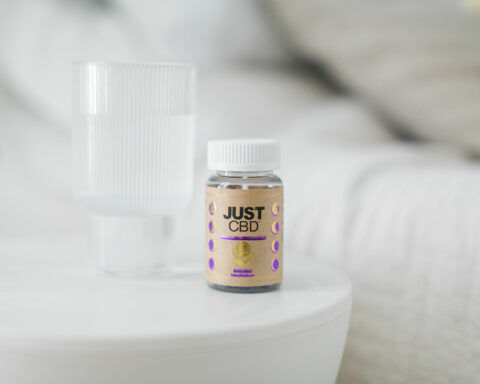The 2018 Farm Bill authorized the growing of industrial hemp, further fueling the CBD industry’s fast growth. CBD extraction processes have progressed, leading to more people using it daily. According to a poll released in August by Gallup, an American analytic and advisory company, at least 14% of American adults consume CBD products. Most CBD consumers report using it for several conditions, with pain, headaches, anxiety, sleep, depression, skin health, stress, inflammation, and general wellness being the most common. CBD tinctures and gummies are the common delivery technique due to their versatility and applications.
Types of CBD Topicals
CBD Lotion
It is applied directly to the skin. It is excellent for healing damaged skin and improving its natural glow. Consider a cannabidiol-infused lotion similar to the regular hydrating lotion, but with extra benefits such as lowering inflammation, calming the skin, combating dryness, and reducing dark spots and wrinkles.
CBD Cream
It has Broad-spectrum Cannabidiol. However, THC is absent or present in extremely small concentrations. According to studies, such a cream can provide treatment for a variety of ailments, including:
- Peripheral Neuropathy, as discovered in a 2020 study.
- Arthritis, as discovered in a 2016 study.
- Jaw Pain, according to a study published in 2019.
It is applied like a normal cream to the troubled region to provide some relief.
CBD Balms
They provide relief and anti-inflammatory properties in any body part, such as joints and muscles. They provide fast comfort and don’t take much more than pressing into the skin.
CBD Patches
They are placed to the affected area of the body and take 5—15 minutes to take effect. They deliver immediate pain relief and include Cannabidiol, which has anti-inflammatory qualities. They’re also reasonably priced, and their impacts are managed as you can turn them off if you feel overwhelmed.
How to Effectively Use CBD Topicals
Once pain or discomfort has been identified, slowly apply the cream, lotion, or balm according to the doctor’s prescription. Most importantly, know how much milligrams are in the CBD topicals to know the exact amount to use for effective results.
Start with a low feasible dose and progressively increase the amount of CBD cream until your therapeutic dose. There are no known adverse effects to be concerned about when using a topical infused with hemp-derived CBD. Thus always consult with a doctor before trying anything new or increasing your dosage.
How to Pick CBD Topicals
Check Quality
Look for sellers who show third-party lab testing findings with the Certificate of Analysis. To qualify, look for Good Manufacturing Practice (CGMP)-compliant facilities that fulfill FDA guidelines. Only 31% of CBD hemp oil products were appropriately labeled with the correct CBD amount, according to a 2017 study.
Hemp Source
The source determines the quality. As a result, choose those made from the USA or non-GMO hemp. Remember, not all companies indicate this in their labels, so that you might be asking this directly.
Strength and Potency
Although the Food and Drug Administration has not specified the dosage of CBD products, CBD topicals made with hemp vary in mg/ounce. This should be indicated on the product package plus the active ingredients and their percentages to help consumers know if they are allergic to any of the contents.
Brand Reputation
Only buy from reputable stores because customers are always frank while giving you their experience. For example, when buying online, check for the review and rating before purchasing.
The Extraction Process Used
The extraction process used is CO2 and Ethanol extraction because they produce a quality product. Avoid products that do not state clearly the extraction method used because they might be counterfeit.
Conclusion
Any cream, lotion, balm, salve, or skincare product infused with CBD extracted from the hemp plant qualifies as a CBD topical. CBD topical creams can aid with pain relief and your health care program. Apply the ointment immediately to your skin and wait a few minutes. They are easier to control in dosage and do not have the same potent effects as smoking marijuana.
References
Wershoven, N., Kennedy, A. G., & MacLean, C. D. (2020). Use and reported helpfulness of cannabinoids among primary care patients in Vermont. Journal of primary care & community health, 11, 2150132720946954.
Eskander, J. P., Spall, J., Spall, A., Shah, R. V., & Kaye, A. D. (2020). Cannabidiol (CBD) as a treatment of acute and chronic back pain: A case series and literature review. J Opioid Manag, 16(3), 215-8.
White, C. M. (2019). A review of human studies assessing cannabidiol’s (CBD) therapeutic actions and potential. The Journal of Clinical Pharmacology, 59(7), 923-934.
- Elevate Energy, Soothe Stress, And Peak Performance with The New UNBEETABREW Coffee Sensation - September 21, 2023
- Chef Bob’s Coffee: A Journey Fueled by Passion - July 29, 2023
- Amatera: Redefining Beauty by Embracing Aging Gracefully - June 10, 2023









